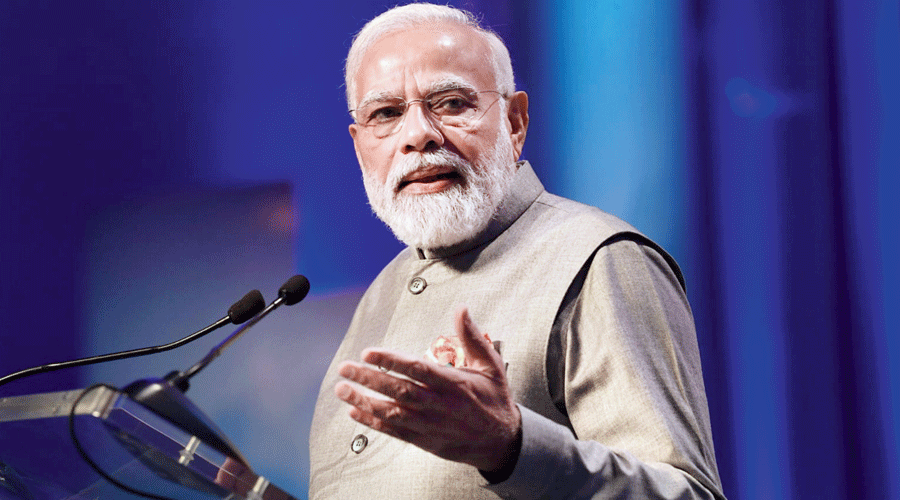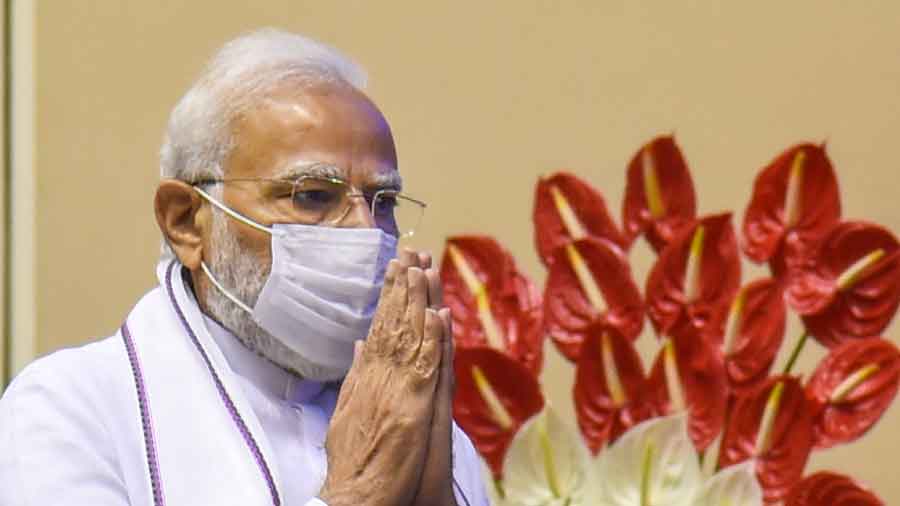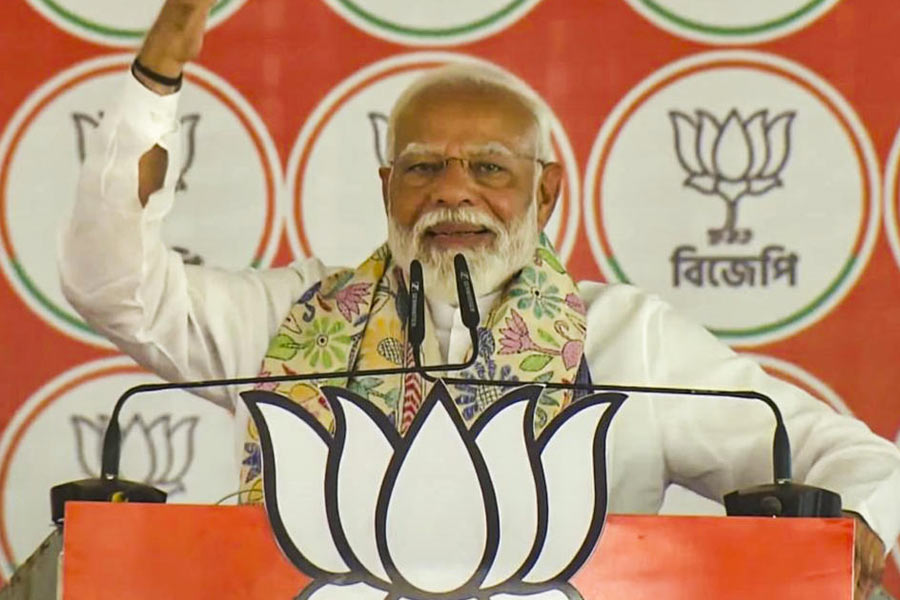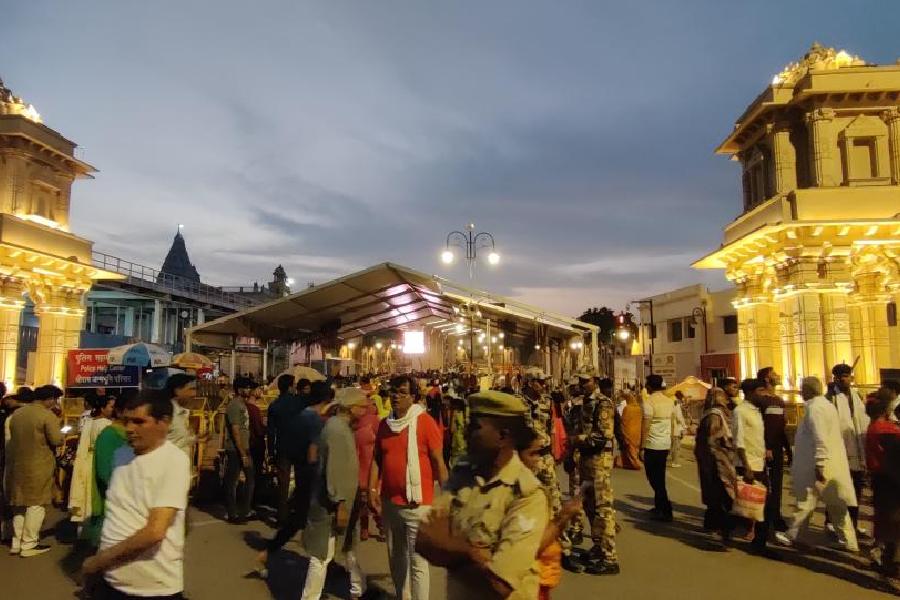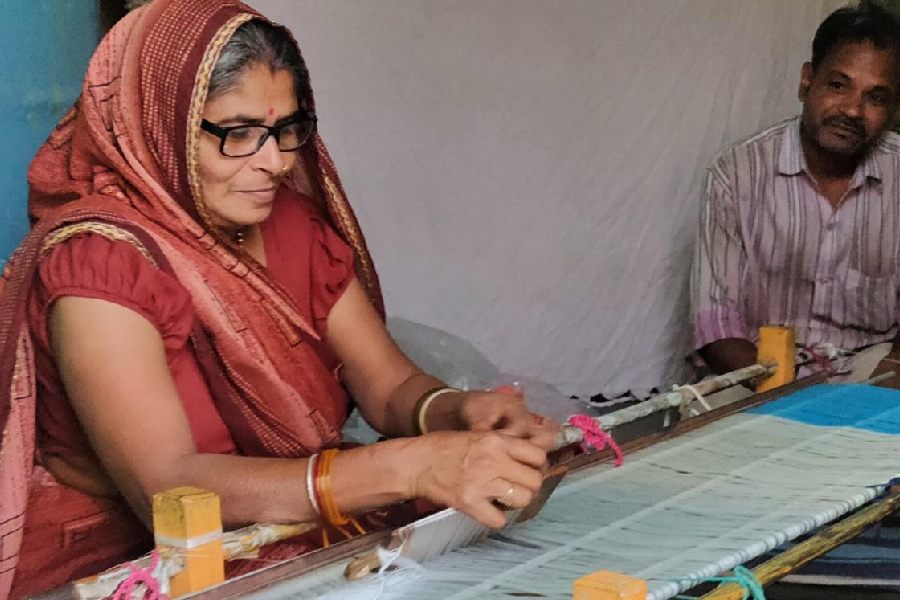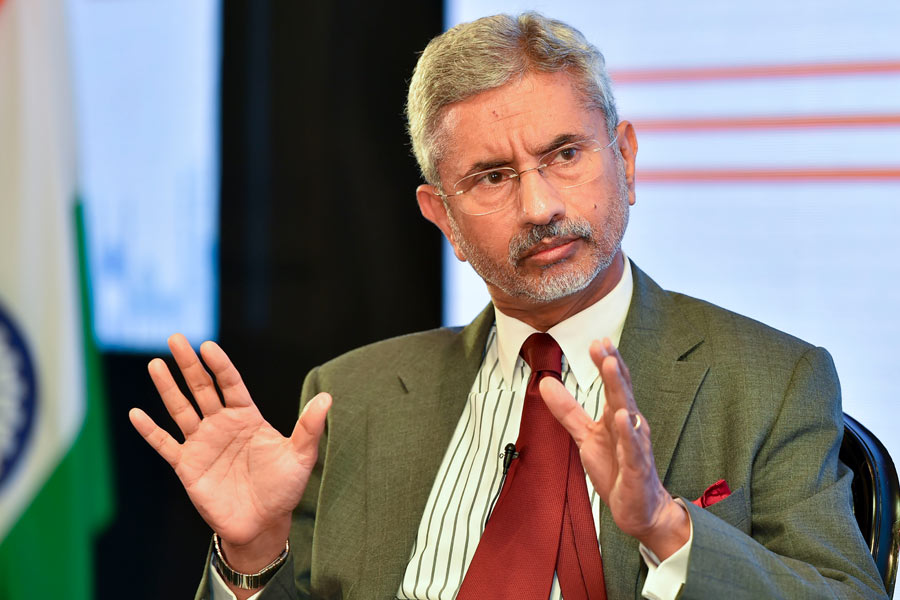Nearly one in five households in India practise open defecation, according to the National Family Health Survey (NFHS) 2019-21 released by the health ministry on Thursday, more than two years after the Centre had said the count had become “negligible”.
The NFHS found that 83 per cent of 636,699 households sampled across India had access to a toilet. However, it found that 19 per cent of households did not access toilets, implying some of those who had the facilities did not use them and preferred open defecation.
The Narendra Modi government had launched the Swachh Bharat (Clean India) Mission in October 2014 with the goal of eliminating open defecation.
At a public event at the Sabarmati riverfront in Ahmedabad on October 2, 2019, five years after the mission’s launch, Modi had told a gathering that the number of people practising open defecation had fallen from 600 million to “negligible”.
The NFHS — conducted in 17 states between June 2019 and January 2020 and in 11 states between January 2020 and April 2021 — found that 83 per cent of households had access to toilets, with greater accessibility in urban areas (96 per cent) than in rural areas (76 per cent).
An expert who directed the survey — a periodic exercise to assess family health through multiple, myriad measures — said it was possible that the survey, which began two years ago, had sampled some of the households before they acquired toilet facilities.
“But the survey asked about the use of toilets, not whether the infrastructure exists. It is possible some households are not using them,” said K.S. James, director of the International Institute of Population Sciences in Mumbai, which coordinated the survey.
Under the five-year mission, the Centre provided households with Rs 12,000 per toilet as a financial incentive to build toilets.
The Centre allocated Rs 1.3 lakh crore over the five years and promoted behaviour-change campaigns to encourage toilet use, and declared over 603,000 villages as free of open defecation.
The NFHS 2019-21 found that 97 per cent of households had access to electricity, but only 59 per cent used clean fuel for cooking, implying that four in 10 households used unhealthy cooking fuel that increase health risks through air pollution.
Among health measures assessed, the survey noted a slight dip in the prevalence of stunting among children aged five years or younger -- from 38 per cent in the previous NFHS 2015-16 to 36 per cent. Stunting in children under five is a key indicator of chronic malnutrition.
The survey has documented a rise in Caesarean sections -- from 17 per cent in NFHS 2015-16 to 22 per cent. The World Health Organisation has said the international healthcare community considers 10 to 15 per cent as an ideal rate for Caesarean sections.
The NFHS 2019-21 has also found that the richer the household, the likelier it is to report a Caesarean section. Households in the highest wealth quintile (top fifth) had a Caesarean rate of 39 per cent compared with 7 per cent in households in the lowest wealth quintiles.
Some health experts had earlier expressed concern about the rising Caesarean section rates in India and elsewhere, saying they appeared to reflect a campaign driven by healthcare providers to encourage deliveries through the surgery.

